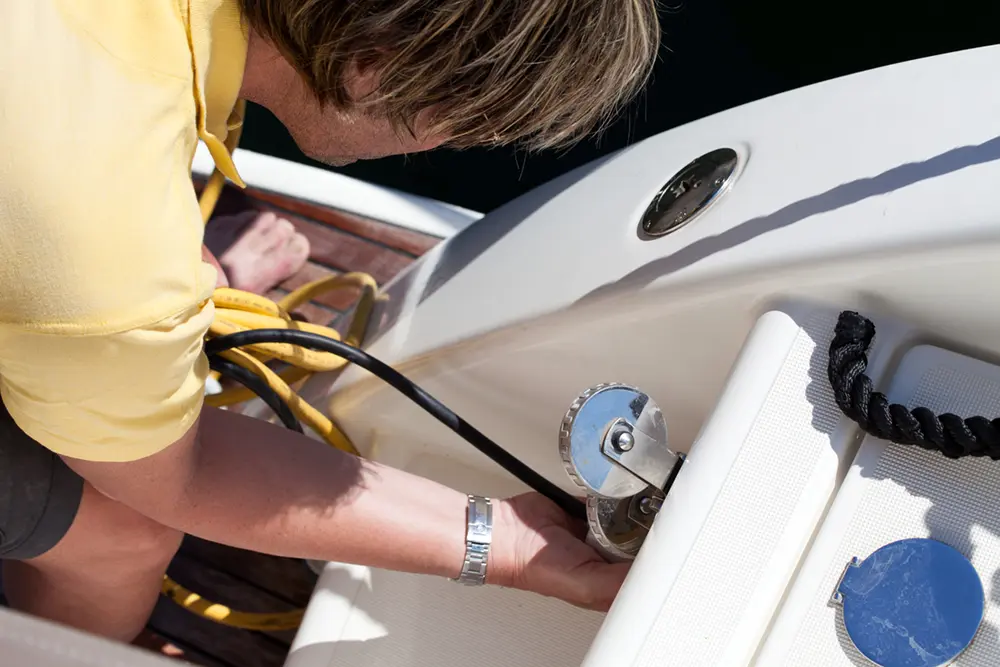You don’t have to own a boat to know that electronics and water don’t mix, and yet, some boat manufacturers still choose to mount electrical components on the flying bridges of boats – exposed to nature and its unpredictable weather as if nothing bad will happen. It often does, as soon as it becomes even the slightest bit moist or rains for any extended period of time; and no, just because your equipment claims to be water resistant or you use all the recommended coverings, doesn’t mean that it will be safe.
Most Common Problems
One of the biggest reasons electrical devices suffer from water damage has nothing to do with careless owners and lack of preventative measures, but rather the fact that these devices are simply not built to withstand harsh weather conditions. From condensation, to full on downpours, their casings just don’t have the necessary defenses to keep water out of all their nooks and crannies. Furthermore, when a person applies too much force when mounting, the casings often become distorted, creating even more margin for error and damage. Mix all that with the eventual heat they are subjected to during the sunniest times of the year, and heat expansion does the rest. Pretty soon, you’re left with a useless piece of equipment that needs to be replaced, and the process starts all over again.
What Can You Do?
Unfortunately, the reality is, there’s not much you can do to solve these problems. However, there are some basic tricks you can utilize to reduce the amount of damage your components will suffer over time, and hopefully save you some time, money, and frustration in the process, such as:
- Make sure your screws are only “finger tight” to avoid distorting the plastic casings.
- Always keep your coverings on at all times when your components are not in use.
- Choose a vinyl helm cover rather than fabric, and try to choose one that is specially designed to prevent water from running underneath without compromising breathability (which will cause condensation and sweating problems).
- If possible, just don’t install your thousands of dollars worth of electronics on an exposed bridge unless you have a surefire way to protect it from the elements.
- If you see any type of water or condensation inside your display, remove it and have it repaired as soon as possible to hopefully prevent total destruction.
- If you have to mount a radar, do so horizontally rather than vertically, which will almost guarantee irreversible water damage.
Typically, pull-out bins, overhead electronics cabinets, and other aluminum boxes work very well for protecting electrical components so long at they are proper designed and installed. Some vessels may have an easier time installing these than others.
Stay Ahead of The Game
The best things you can do to avoid headaches later on when it comes to combating costly boat damages is to make sure you always trust a marine surveyor, like CAS Marine Surveyor, to give you a rundown on everything that can and likely will go wrong with a vessel you’re interested in. That way, no matter what decision you make, you’re fully aware of your responsibilities and expectations. If you are considering the purchase of a new or used boat and are looking for a marine surveyor, call Christian today at 1.810.531.0992 or fill out the form in the sidebar to schedule your free consultation.
